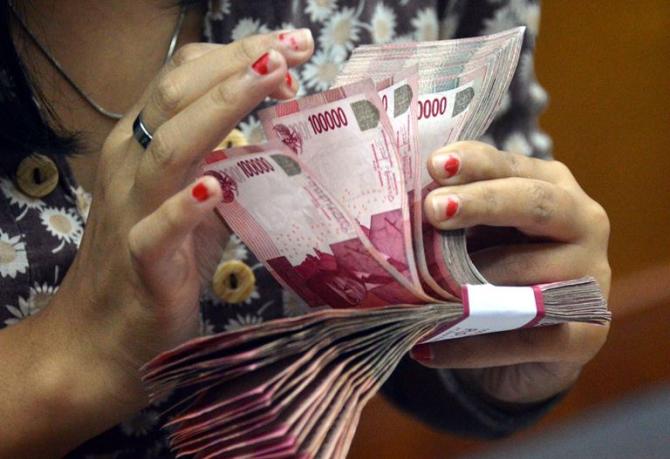
It is generally accepted that the ideal funding mechanism for political parties draws mainly from membership fees paid by a large and committed cadre base. The corresponding party type for this mechanism is the mass party, in which hundreds of thousands (sometimes millions) of members not only fund their party, but also volunteer for secretarial work and grassroots election campaigns. The problem with this type of a self-funded mass party, however, is that it no longer exists.
Two parallel and universal developments are responsible for this. First, membership numbers in political parties have dropped dramatically and rapidly since the 1960s and 1970s, turning former mass parties into elite-based electoralist parties. In the United Kingdom, for example, total party membership dropped from 1.7 million in 1980 to 530,000 in 2008, and the membership-toelectorate ratio declined from 4.1 to 1.2 percent. These statistics signify a worldwide (and intensifying) trend in advanced democracies. In most new democracies such as Indonesia, on the other hand, mass parties never took root in the first place — the parties that were established after the fall of Soeharto in 1998 immediately adopted the form of campaign-oriented, electoralist parties. Thus, while the funding base of parties in old democracies is crumbling, parties in new democracies did not go through a phase of mass-based funding and organization.
Second, the focus of electoral campaigning moved from grassroots mobilization through a network of volunteers, to mediabased operations run by campaign professionals. As a result, the costs of campaigns exploded. In short, the shift from the mass party type to an electoralist party paradigm brought a rapid decline in party income and a drastic rise in costs at the same time.
Both old and new democracies have responded to these challenges by introducing major innovations to their party-financing systems. First, in order to replace dwindling membership fees, countries introduced regular subsidies for political parties. Mostly calculated based on the number of votes parties receive in elections, state subsidies help parties to maintain strong and independent party apparatuses. This model has become increasingly popular since the 1980s, and today 75 percent of all democracies offer some form of public funding. The level varies widely, but many advanced democracies cover around 25 to 30 percent of party expenditures through state subsidies (this percentage is even higher if financial assistance for legislative caucuses is included).
Second, countries have tried to compensate for the decrease in membership contributions by creating incentives for the public to donate to parties. These often come in the form of tax deductions for donors. This model is particularly prominent in the United States, where state subsidies for candidates and parties are rare. One major element of this mechanism is a cap on donations, designed to encourage contributions by ordinary citizens instead of businesspeople and their companies.







 resized.png)
